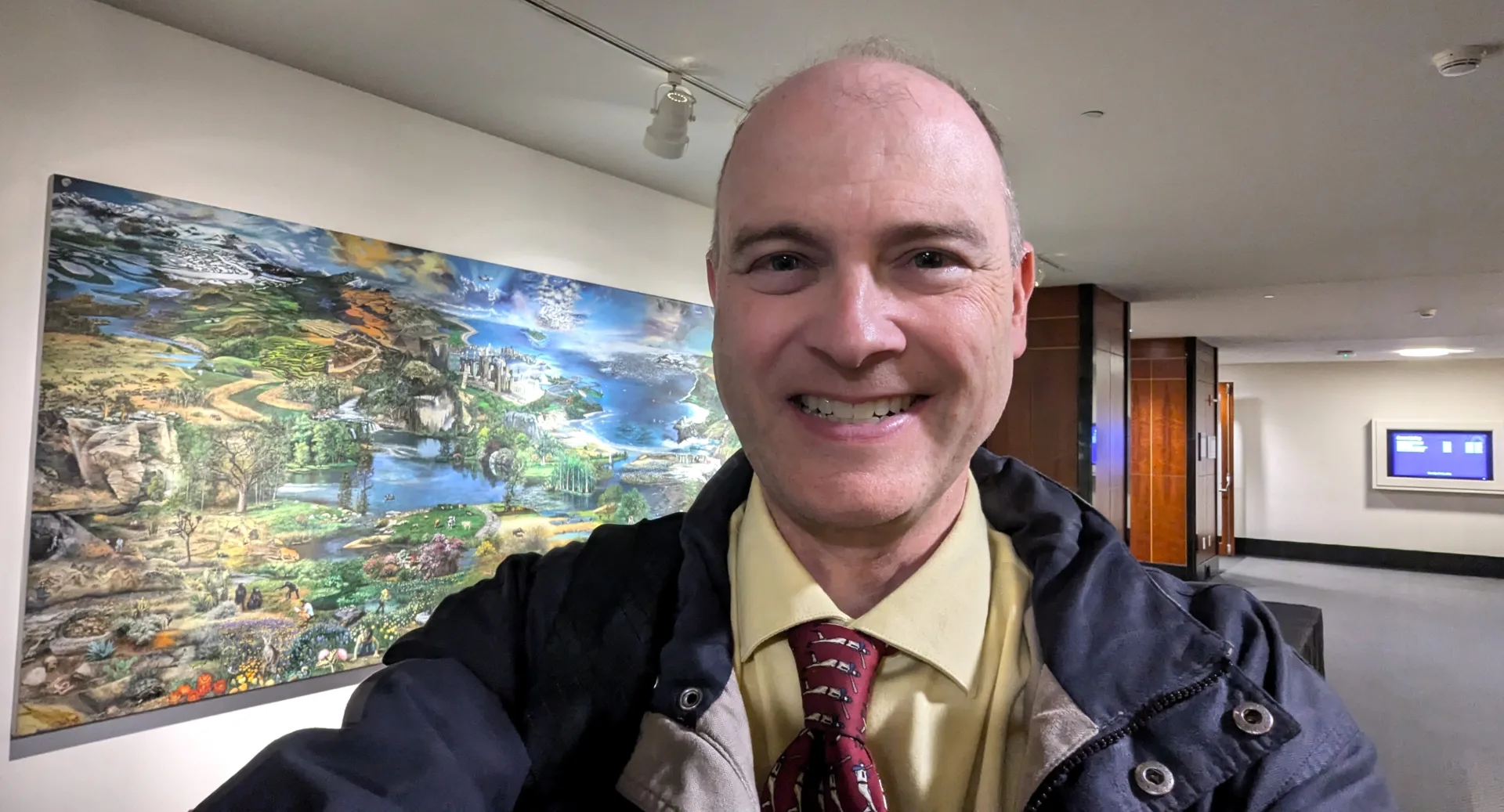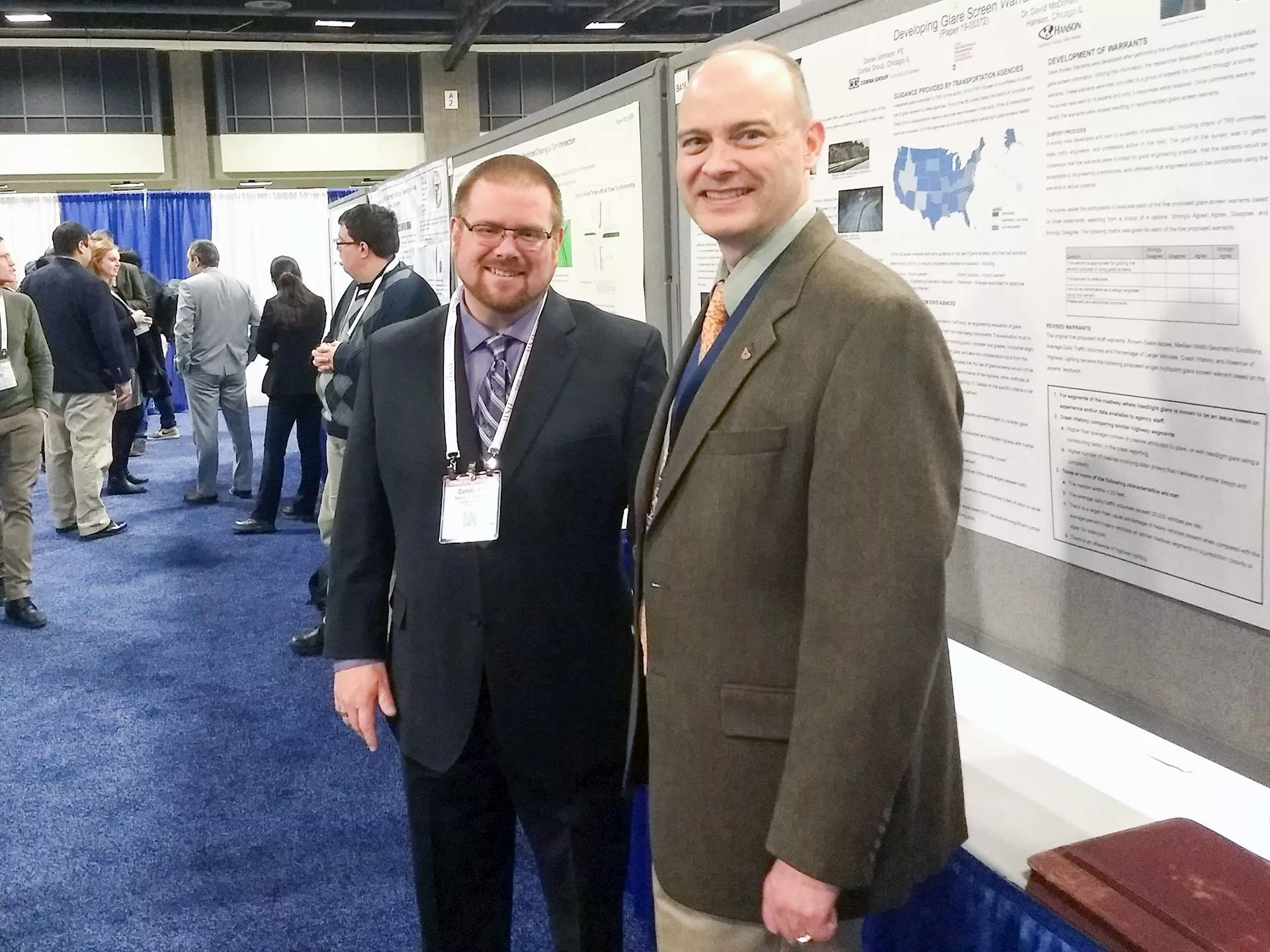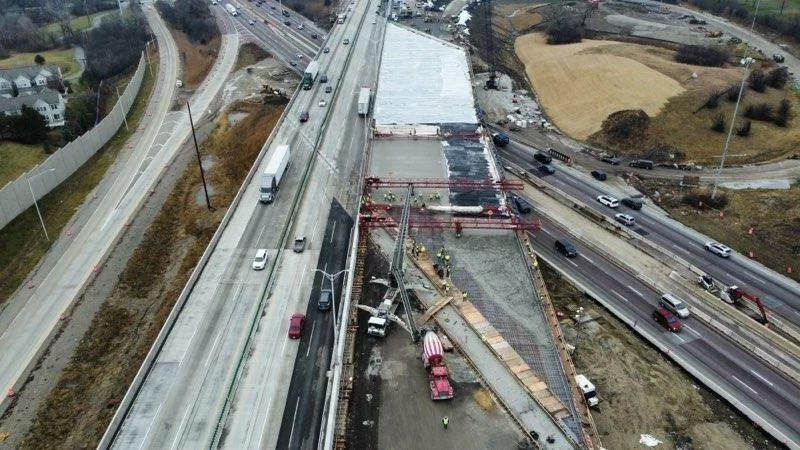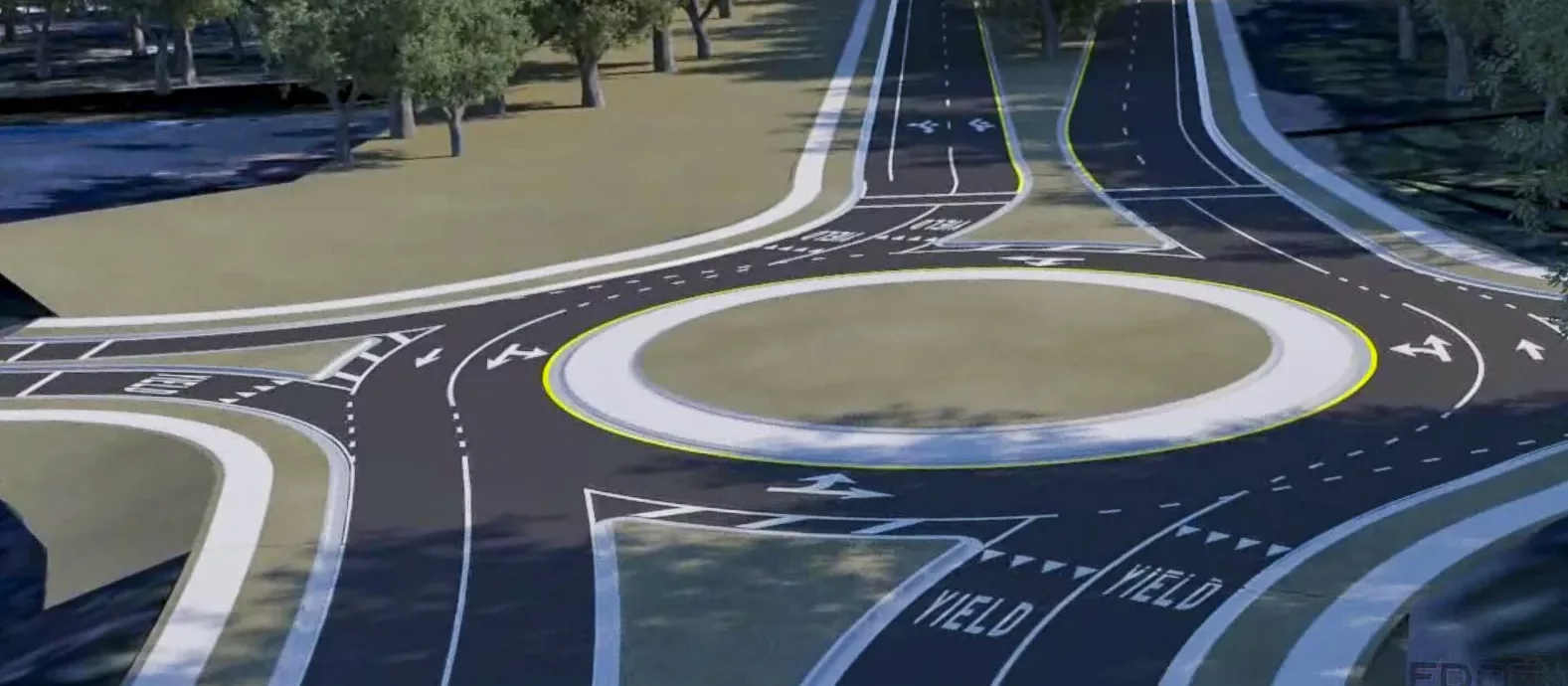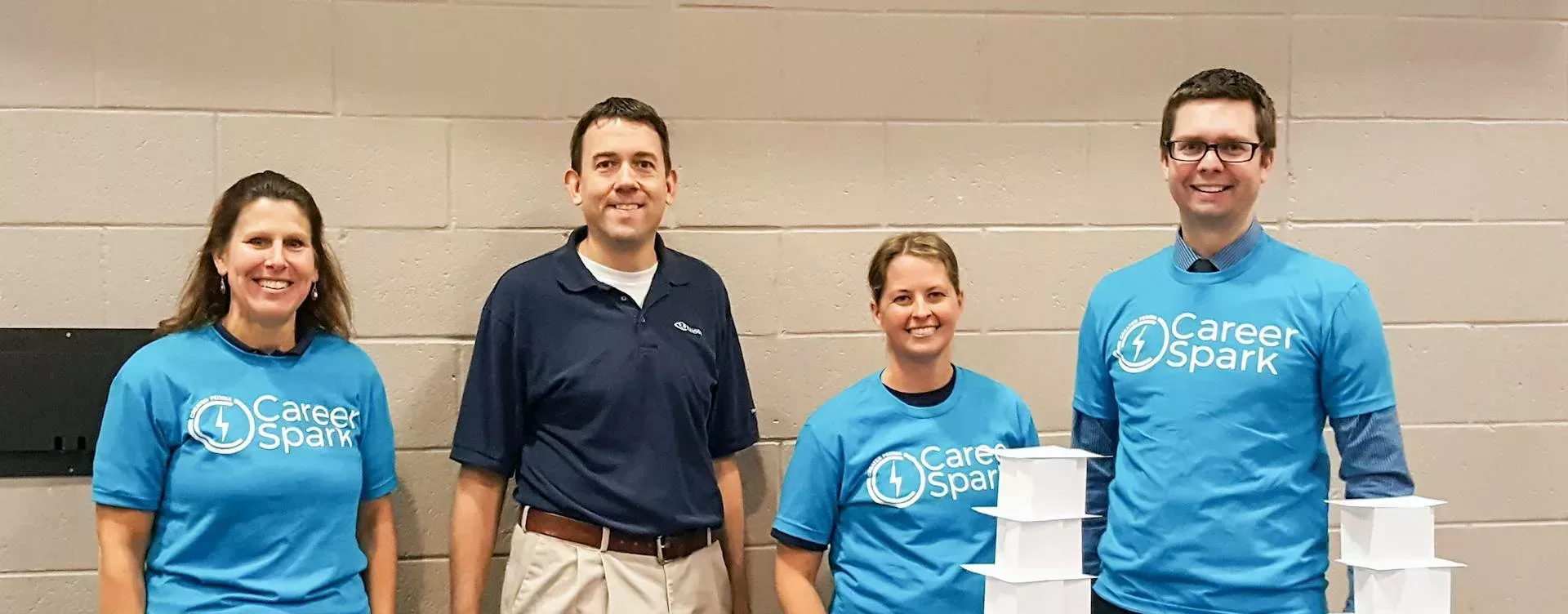Are we ready for self-driving automobiles to be the norm on our streets and highways? The future of roadway transportation is a fascinating and frequent topic among roadway engineers and experts. As we see more progress and testing of autonomous vehicles, we also find ourselves facing more questions about how best to prepare our infrastructure to accommodate this type of transport.
As part of the Sixth International Symposium on Highway Geometric Design June 26-29, 2022, in Amsterdam, I co-hosted an automated vehicle workshop with two European experts in the field. Ravi Chaurdhary and Marco van der Linde, of the Dutch engineering firm Royal Haskoning DHV, led the workshop.
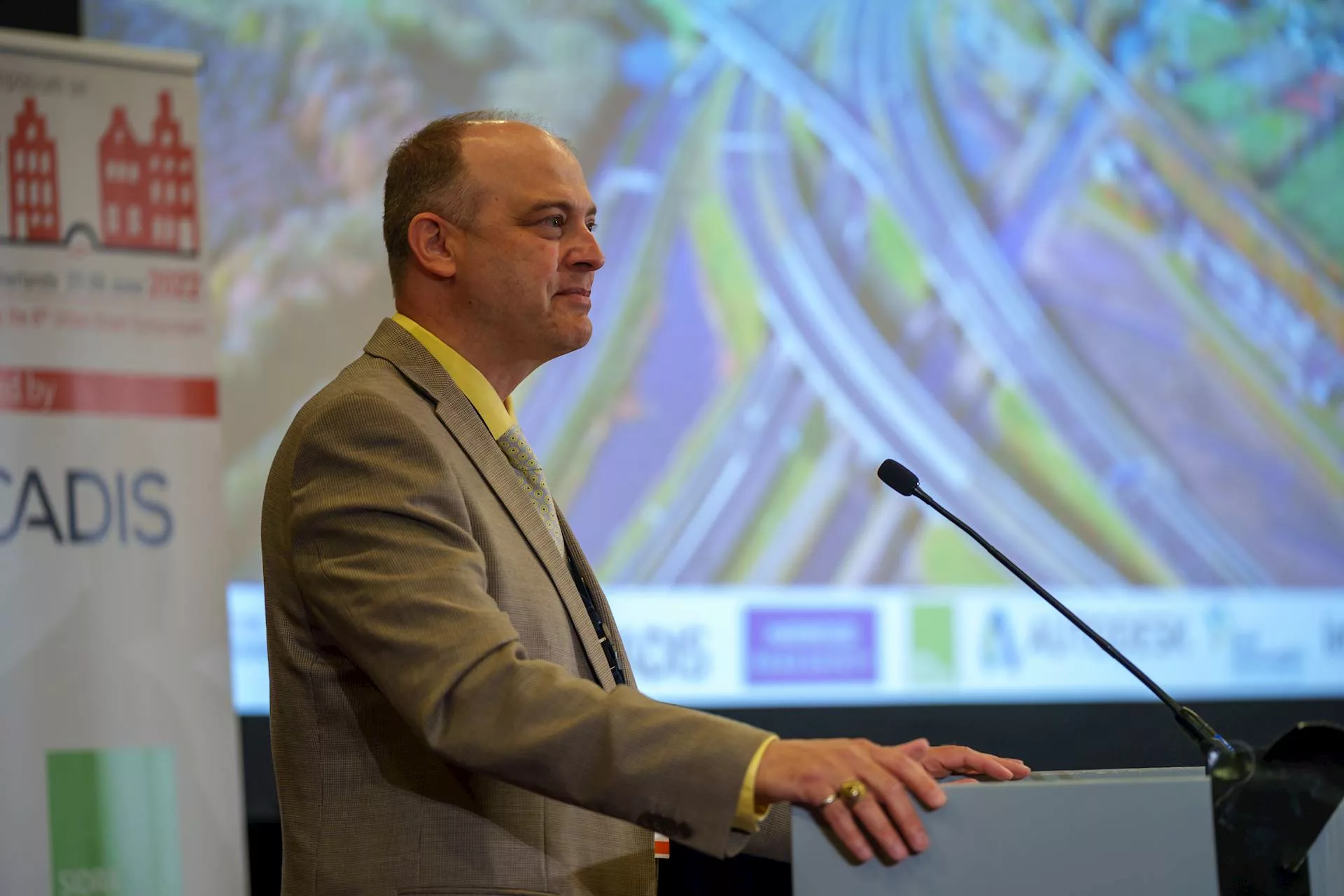
Preparing for automation
With the symposium attendees, we explored how road authorities, original equipment manufacturers, the tech industry and engineers should prepare for a future with connected and automated vehicles (CAV) on our roads. We discussed technical design topics, such as stopping sight distance, braking distance, horizontal sight offsets, lane and shoulder widths and vertical curves. Questions raised during the discussion included:
- What is the role of each type of stakeholder?
- What do the stakeholders need from each other?
- How do we prepare for this future?
- How can each group ease the transition toward fully connected and automated driving?
- Which geometric design choices should be made (or not made) to facilitate this onset of CAVs?
Among the challenges we face include navigating automation levels, which range from 0 (no automation, or human-dependent) to 5 (full automation, or no human operation necessary), the various types of sensors and technologies associated with automated vehicles and the timeline for achieving full automation. New criteria will need to be added to geometric roadway design to accommodate the impacts of automated vehicles mixed with human-driven vehicles and to take advantage of vehicle streams that are exclusively automated vehicles (AVs).
Considerations will be needed when the automated vehicles exit their operational design domain (ODD) or experience a breakdown. Design considerations may include safe stopping zones to provide a location for the vehicle to pull over and adequate space for the vehicle to return to the road.
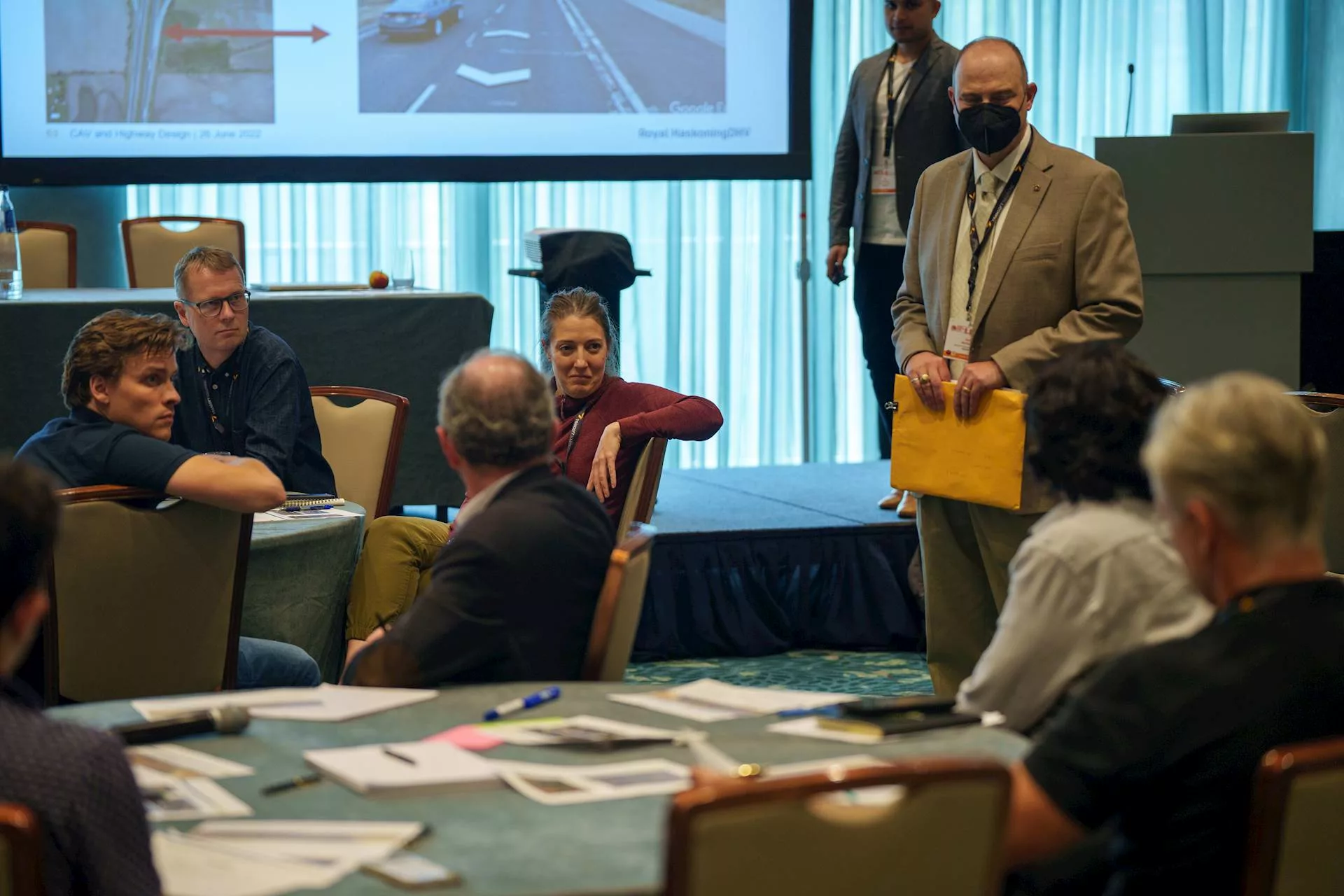
Reimagining roadways
The mix of designers, engineers, researchers and road owners from across the globe who attended the symposium workshop split into working groups to examine and prepare a solution to the topics I discussed in my presentation. Part of the talk included a clear explanation of road classifications to help the participants understand the road type being examined. The groups studied a rural, multi-lane, grass median, divided interstate in Illinois to determine which elements of its design might be affected by connected and automated vehicles. Although the case study was from a freeway in Illinois, enough detail was provided to recognize this case study would apply wherever similar road geometry is found.
The participants identified how striping, pavement condition, pavement maintenance and lane designation could be important for the AVs and explored their thoughts on changing the median and dedicating certain lanes strictly to AVs. When the participants were comfortable with their ideas and recommendations for the freeway segment, they were asked to explore the same freeway with an interchange entrance ramp and exit ramp. The more complicated design requirement created robust conversation and a better understanding of the complexity of designing for AVs.
The past benefits the future
Later in the symposium, I presented two updated papers that I had discussed at the 2021 Transportation Research Board annual meeting, “Vertical Curves, At-Grade Railroad Crossings and Ramp Terminals: Geometric Impacts by Automated Vehicles” and “Lessons Learned in Roadway Design.” The latter summarized many things I have learned about design over the years. Based on their questions, the audience was particularly interested in how to document design calculations.
More futuristic, the first paper was in line with the topic of the workshop. I looked at how potential adjustments could be made to design criteria in AASHTO’s “Green Book” if we were to take advantage of AV technologies and their expected operations. I specifically examined several geometric conditions. Crest vertical curves could be affected by AV perception/reaction time (termed “latency” by other authors), acceleration/deceleration rates and eye and object heights. With at-grade railroad crossings, AVs may be able to sense approaching trains without line of sight. When all the vehicles are automated, ramp entrance and exit terminals could become shorter.
The road to progress
Do we have a lot of questions about the future with automated and self-driving vehicles? Absolutely. Are we excited to continue to discover and plan what that future will look like on our roadways and for our travel? Yes! Until my next update, I leave you with this quote from Alfredo Garcia with the Polytechnic University of Valencia in Valencia, Spain:
“For the development of a safe automated system, the design of possible maneuvers to achieve a Minimal Risk Condition (MRC) when an ODD ends without the driver taking over control is a fundamental part. Thus, it is necessary to study, for each road section where SAE Level 3 or higher automation is permitted, the possible locations that meet the requirements for MRCs.”
In other words, if the driver is unable to take control of the vehicle, where will the vehicle go? Our roads need to be designed to address these safe stopping zones. What will those zones look like? With more communication among sharp, knowledgeable minds like the ones I was privileged to meet in Amsterdam, research needs will be identified and addressed, and the transportation community will implement designs to better support AVs.
David McDonald Jr., P.E., PTOE, Ph.D., is a vice president, roadway discipline manager and chief roadway engineer who works at Hanson’s Chicago regional office. He has been with the company since 2002. Contact him at dmcdonald@hanson-inc.com.
